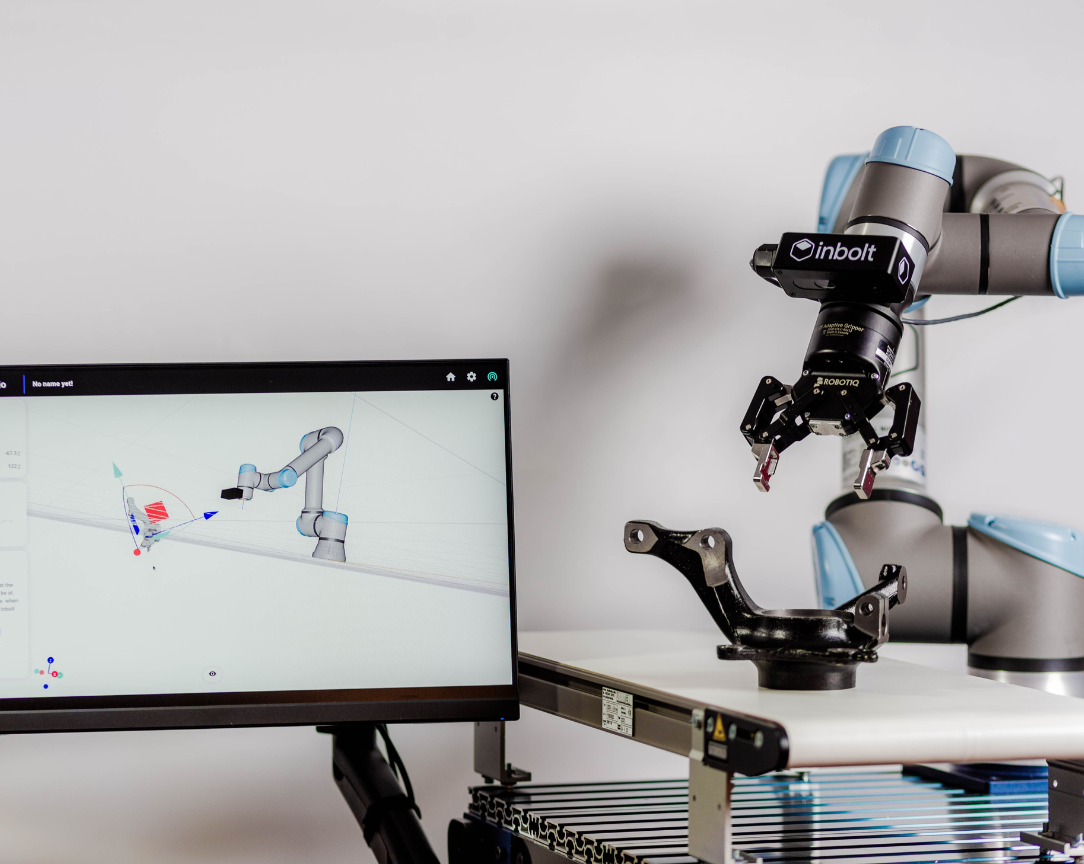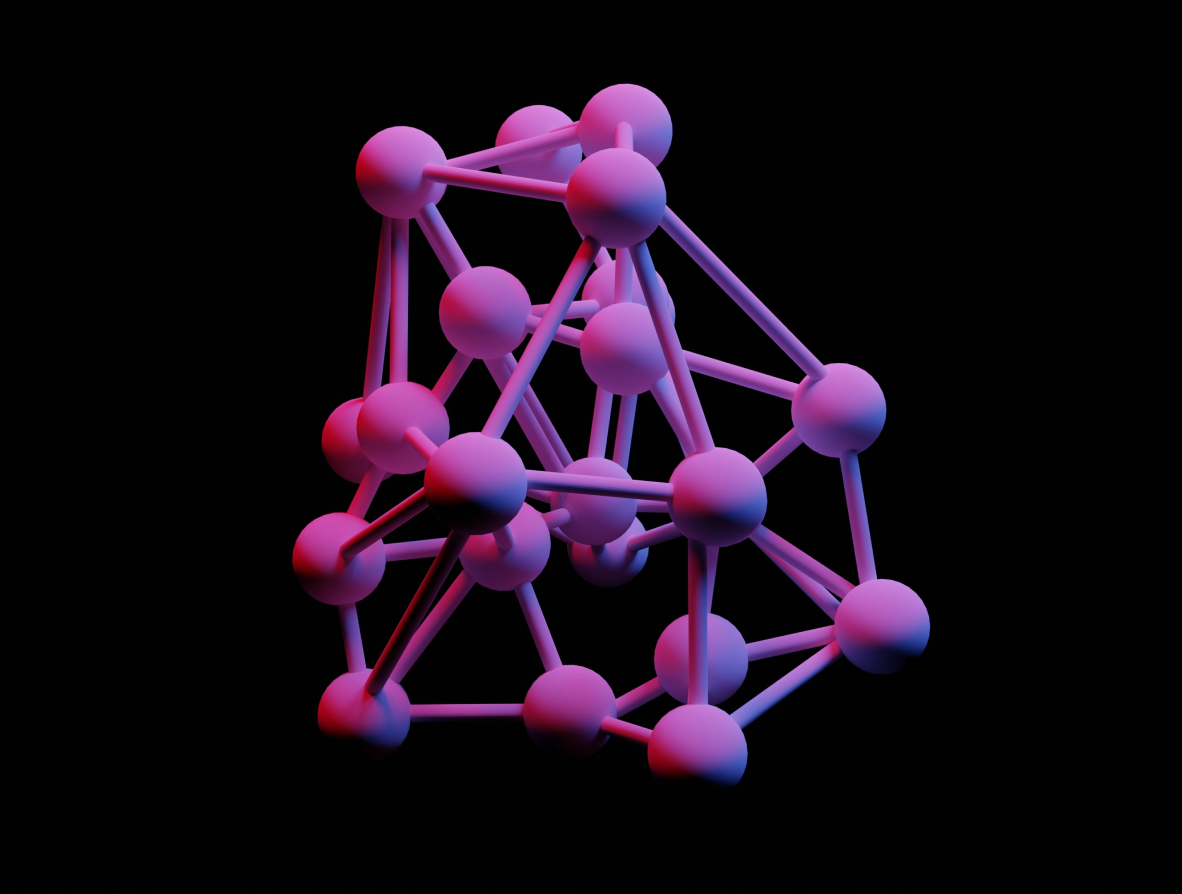On 3D Machine Vision in the Manufacturing Industry
In recent years, the manufacturing industry has witnessed a digital revolution, with the emergence of technologies such as the Internet of Things (IoT), artificial intelligence, and computer vision. Within computer vision, a particularly exciting development is 3D vision. It boosts efficiency, precision, and enhances automation in manufacturing. So what is 3D vision, and why does it matter for the manufacturing sector?
In recent years, the manufacturing industry has witnessed a digital revolution, with the emergence of technologies such as the Internet of Things (IoT), artificial intelligence, and computer vision.
Within computer vision, a particularly exciting development is 3D vision. It boosts efficiency, precision, and enhances automation in manufacturing.
So what is 3D vision, and why does it matter for the manufacturing sector?
Let’s dive in.
What is 3D Machine Vision?
3D vision is a subfield of computer vision that enables machines to perceive depth and three-dimensional structures from visual data.
While our human eyes naturally capture depth by comparing the differences in perspective between our left and right eyes, computers achieve this through a combination of hardware and software solutions.
There are different techniques to achieve 3D vision, which we discussed extensively in this article. Here’s a quick recap:
- Stereo Vision: This involves using two or more cameras placed at different positions to capture the same scene. By comparing the differences between these images, depth information can be extracted.
- Structured Light: Here, a pattern (often in the form of light) is projected onto the scene, and a camera captures its deformation. The way this pattern deforms gives clues about the depth and shape of the objects in the scene.
- Time-of-Flight (ToF): This method involves sending a light signal (often infrared) to an object and then measuring the time it takes for the light to bounce back. The time taken helps determine the distance of the object from the camera.
- Laser triangulation is one of the most commonly used methods for 3D machine vision. It uses an active light source and a camera at an angle. The laser beam is projected in a cross-sectional line and is deflected by the object's shape, providing a more detailed profile.
Read Computer Vision in Robotics now for an in-depth explanation of the process.
Is 3D Machine Vision Right for my Manufacturing Needs?
3D systems are more complex than 2D ones. Even though 2D systems are commonly used and cost less, 3D systems often offer better capabilities, especially for some specific tasks where detailed measurements of an object's size, depth, and surface are needed.
3D machine vision emerged over 10 years ago and is slowly making its way to become ubiquitous in the manufacturing industry. Unfortunately the lack of robustness of 2D systems due to changing light conditions has made manufacturers wary of vision systems. Luckily recent innovations in 3D machine vision have made such systems cheaper and easier to deploy. It is now just a matter of time before the manufacturing world starts relying on them heavily.
Industries like automotive, white goods, electronics, consumer goods, etc. can benefit from 3D tools. But, when picking a 3D system, it's important to consider things like how accurate you need it to be, its latency, and the environment you want to deploy it in.
Here are some areas where 3D vision can vastly improve your processes:
- Object Recognition and Handling: Identifying the type of object and location. For pick-and-place operations or sorting operations, ensuring objects are handled safely and correctly.
- Assembly Operations: Accurately aligning and assembling components, ensuring they fit together seamlessly.
- Industrial robot guidance: Locating parts and adapting robot trajectories to enable more flexibility and reliability of handling, assembly or non-destructive operations.
- Safety Enhancements: Navigating and operating without colliding with other objects or people. This is especially required for autonomous mobile robots to navigate the factories floors or for the detection of potential collisions in industrial robot cells.
- Quality Control and Inspection: Traditional visual inspection methods can sometimes miss defects that are not apparent in two dimensions. With 3D vision, manufacturers can get a more comprehensive view and therefore maintain high standards.
- Reduced Downtime: By quickly spotting defects or potential issues in machinery and processes, 3D vision can lead to proactive maintenance, thereby reducing unplanned downtimes.
Have a specific manufacturing need in mind and wonder if 3D vision is the way to go? Talk to one of our experts about it.
The Future of 3D Vision in Manufacturing
The role of 3D vision in manufacturing has slowly percolated in the mainstream manufacturing industry, and with the advancement of AI and the expansion of IoT, 3D vision is set to become even more integral to the manufacturing industry in the coming years.
As the world becomes more digitized and interconnected, the demand for precision, efficiency, and adaptability grows, and 3D vision is poised to meet these demands and more.
Manufacturers willing to adapt and integrate this technology will not only enhance their production quality but also secure a competitive edge in a rapidly evolving market.
Are you ready to transform your production line with 3D vision? Connect with us today
Last news & events about inbolt

Articles
Sim2Real Gap: Why Machine Learning Hasn’t Solved Robotics Yet
The most successful areas of application for deep learning so far have been Computer Vision (CV), where it all started, and more recently, Natural Language Processing (NLP). While research in Robotics is more active than ever, the translation from research to real-world applications is still a promise, not a reality. But why?

Articles
Exploring the potential of LLMs in robotics: an interview with Louis Dumas
Robotics has always been at the forefront of technological advancement, but translating human ideas into robotic actions remains one of its greatest challenges. In an interview with Louis Dumas, co-founder and CTO of inbolt, he shared his insights into the transformative potential and current limitations of Large Language Models (LLMs) in the robotics field.
